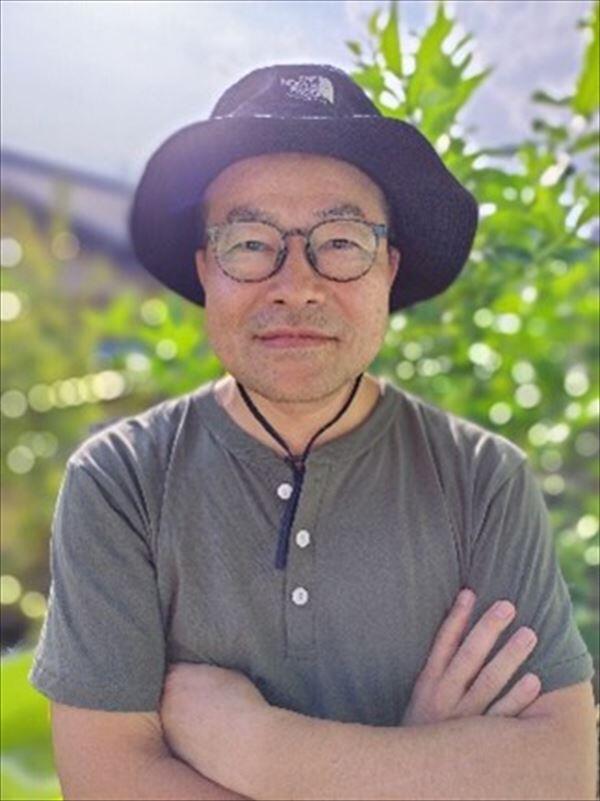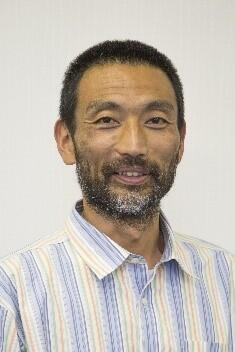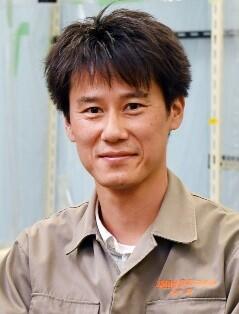Summary of our research
A research group led by Professor Nobuhito Sekiya, Professor Kunio Watanabe, and Associate Professor Masaru Sakai from the Graduate School of Bioresources, Mie University, has revealed the distribution patterns of soil fertility and its fluctuation factors in large-scale paddy field areas.
The research group selected 61 paddy fields from a paddy field area (880 ha) in Yosano Town, Kyoto Prefecture, and measured the available nitrogen (the amount of nitrogen that soil can potentially supply to plants ≒ soil fertility in a narrow sense) from soil samples. They analyzed the data using the spatial Durbin model from spatial econometrics.
The results revealed that 1) Soil fertility shows spatial similarity (presence of spatial autocorrelation), 2) While higher water-soluble organic carbon and humus content increase the available nitrogen in that particular paddy field, they are associated with the decrease in available nitrogen in surrounding paddy fields, and 3) Water-soluble nitrogen may move through water systems and affect the available nitrogen in surrounding paddy fields.
This study is the first in the world to demonstrate that soil fertility, which has traditionally been considered on an individual paddy field basis, actually has spatial interactions depending on topography and location conditions.
This research scientifically clarified the broad spatial distribution of paddy field fertility that has been overlooked until now. It suggests a shift from the conventional method of designing fertilization (planning fertilizer types, application rates, and methods) for individual paddy fields to a new approach that considers spatial factors such as paddy field location conditions. This provides new guidelines for sustainable rice cultivation.
These findings were published in the international academic journal "Sustainability" on November 13, 2024.
https://doi.org/10.3390/su16229880
Researcher information

Nobuhito SEKIYA
Graduate School of Bioresources Professor
Specialized area:
Crop Science
Current research field:
Sustainable Rice Production (Organic Rice Farming)

Kunio WATANABE
Graduate School of Bioresources Professor
Specialized area:
Soil Physics and Hydrology
Current research field:
Fate of nitrogen and carbon in agricultural fields
Utilization of frozen soil and ground freezing
Water, heat and solute transport in soil during freeze-thaw processes

Masaru SAKAI
Graduate School of Bioresources Associate Professor
Specialized area:
Soil Physics
Current research field:
Monitoring and modeling of water movement and heat transport in soil-plant-atmosphere system
Estimation of crop water stress based on soil water and canopy temperature measurements